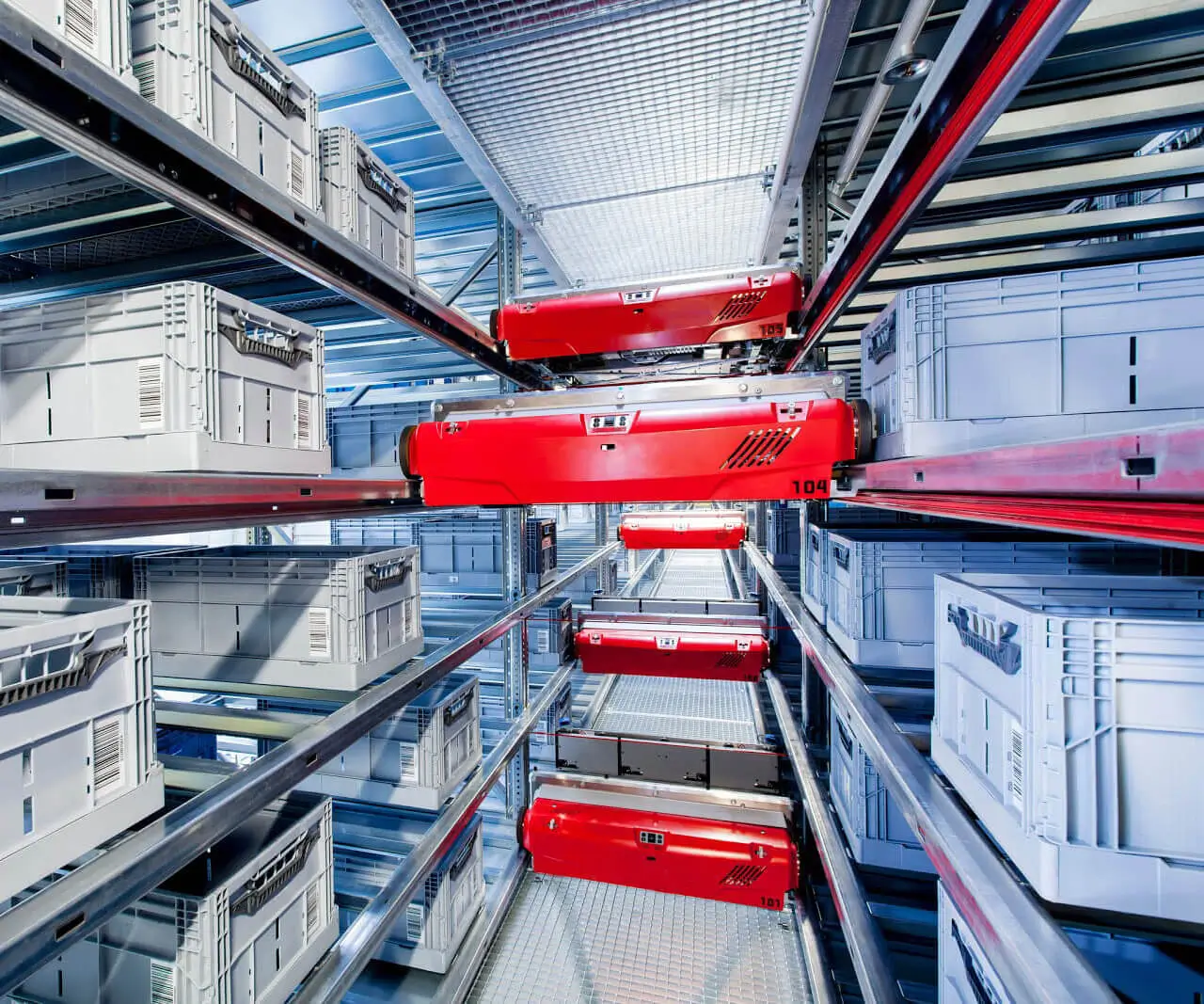Unveiling the Power of Innovation: The Dynamic World of DC Motor Gear Motors
In the realm of modern machinery and automation, the heartbeat of countless devices is rooted in a seemingly simple yet profoundly essential component: the motor. Among the various types of electric motors, the DC motor stands out for its simplicity, reliability, and controllability. Paired with gear systems, these motors evolve into powerful, adaptable gear motors capable of revolutionizing industries from robotics to manufacturing.

The Foundation: Understanding DC Motors
At its core, a DC motor converts direct current electricity into mechanical energy through electromagnetic interactions. When current flows through a wire coil within a magnetic field, it experiences a force—this force spins the rotor, translating electrical energy into rotary motion. The fundamental design of a DC motor typically includes a stator (stationary part), rotor (rotating part), brushes, and a commutator.
One of the key advantages of DC motors is their precise control over speed and torque. By varying the voltage or adjusting the current, operators can fine-tune the motor's performance. This makes DC motors ideal for applications requiring delicate or variable speed control, like electric vehicles, robotics, and personal appliances.
Amplifying Power: The Role of Gear Reduction
While DC motors excel at providing speed and initial torque, many applications demand higher torque at lower speeds. This is where gear motors come into play. Gear motors integrate a gear train—comprising gears of various sizes—directly attached to the motor shaft or housed within the same unit. This gearbox reduces the rotational speed while amplifying torque, enabling the motor to perform heavy-duty tasks effectively.
A gear motor essentially pairs the high-speed, low-torque characteristics of a DC motor with a gear reduction system that ensures precise torque delivery and controlled speed. The gear train can be designed in multiple configurations: spur gears for straightforward applications, worm gears for high reduction ratios and self-locking features, planetary gears for compactness and efficiency, or helical gears for smoother operation.
Why Gear Motors Are Becoming Ubiquitous
The synergy between a DC motor and a gear system results in a highly versatile drive solution. This combination offers several advantages:
High Torque at Low Speeds: Gear reduction allows for torque-up, making gear motors suitable for lifting, conveyor systems, and robotic arms. Compact and Space-Saving: Integrating gears within the motor assembly reduces overall size, essential for applications with limited space. Enhanced Durability and Reliability: Modern gear motors employ high-quality materials and lubrication, leading to longer service life even under demanding conditions. Ease of Control: The inherent controllability of DC motors makes it easier to implement advanced control strategies—speed, position, and torque—all managed through simple electronic circuits.
Applications Across Industries
The wide adoption of DC gear motors spans numerous sectors, reflecting their adaptability and efficiency:
Robotics: Precise movement, positioning, and force application are critical—gear motors deliver the necessary torque and responsiveness. Automotive: Electric power steering, window actuators, and seat adjustments utilize compact gear motors for smooth operation. Industrial Automation: Conveyors, assembly lines, and packaging machinery rely on gear motors for reliable, high-torque operations. Home Appliances: From automatic curtains to adjustable beds, gear motors enable smart, user-friendly features. Medical Devices: They power equipment such as surgical robots, imaging devices, and hospital furniture where precision and reliability are paramount.
Advances in Gear Motor Design and Materials
Technological progress continually pushes the boundaries of what gear motors can do. Modern developments include:
Brushless DC Gear Motors: Eliminating brushes reduces maintenance and enhances efficiency, lifespan, and noise performance. High-Efficiency Gears: Use of advanced materials like engineering plastics or composites for gears reduces weight, noise, and wear. Integrated Sensors and Controls: Incorporating encoders and sensors within gear motors provides real-time feedback, enabling intelligent automation and precise control. Customization and Modularity: Manufacturers now offer customizable gear ratios, mounting options, and motor types to match specific application needs.
Emerging Trends and Future Directions
The evolution of DC gear motors continues to sync with the rapid growth of automation, robotics, and sustainable technology. Future trends include:
IoT Integration: Smart gear motors with connectivity features enable remote monitoring, predictive maintenance, and adaptive control. Nano-Scale and Miniature Designs: Critical for micro-robots and medical devices requiring extremely small, high-performance drive units. Eco-Friendly Materials and Energy Efficiency: Focus on reducing environmental impact while maximizing efficiency, aligning with global sustainability goals. Artificial Intelligence and Machine Learning: Advanced control algorithms optimize motor performance, adapt to changing conditions, and extend lifespan.
In summary, the amalgamation of DC motors and gear systems forms a backbone for countless technological advancements. Their ability to deliver controlled, high-torque, and efficient power in a compact package positions gear motors at the forefront of innovation across countless fields.
Leveraging innovations in modular drive technology, Kpower integrates high-performance motors, precision reducers, and multi-protocol control systems to provide efficient and customized smart drive system solutions.




































